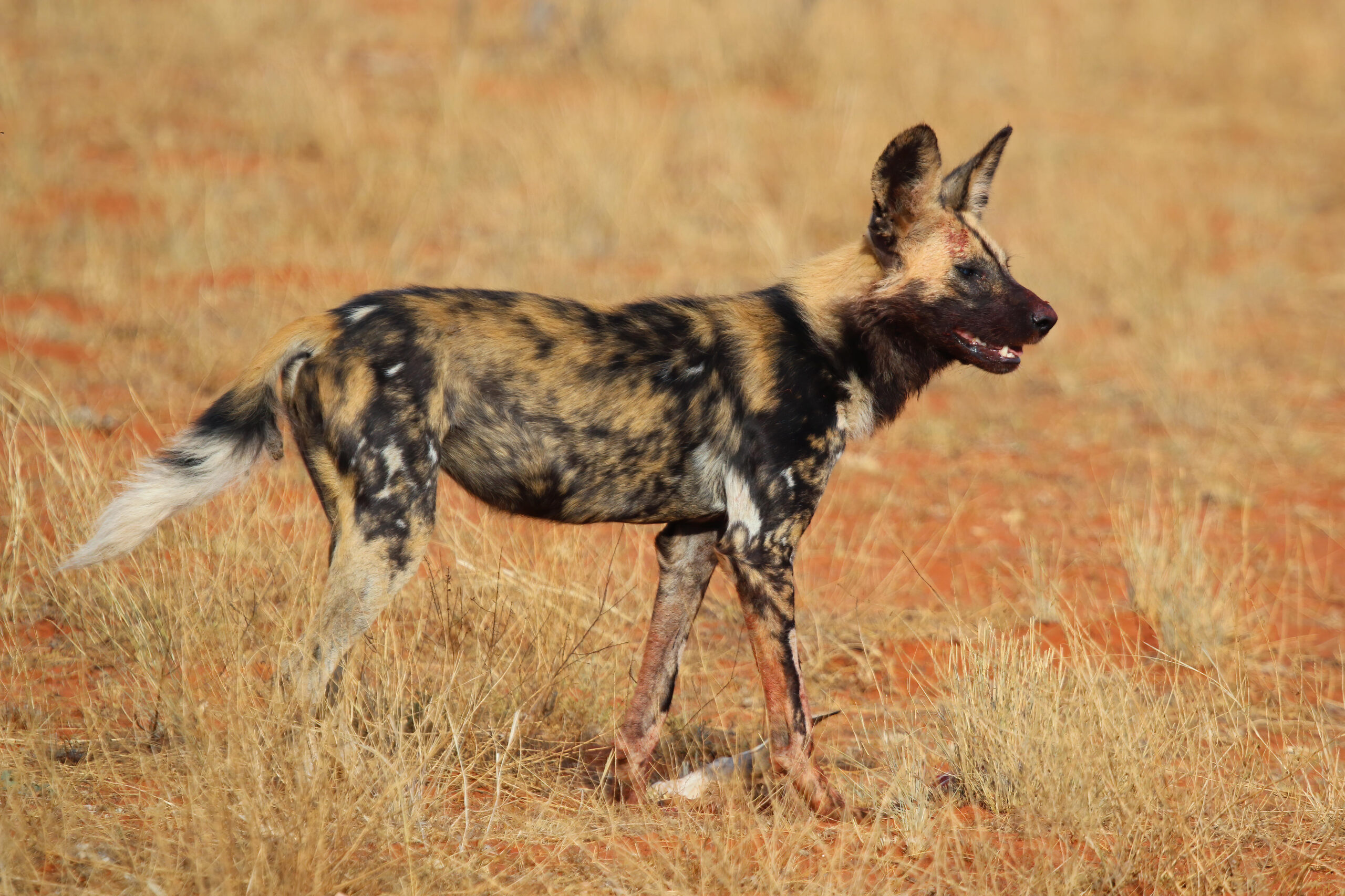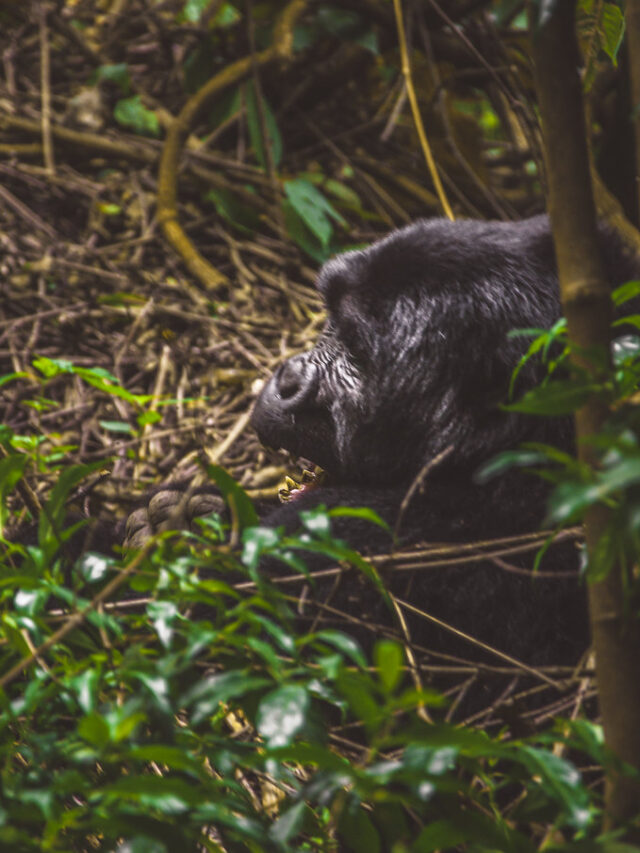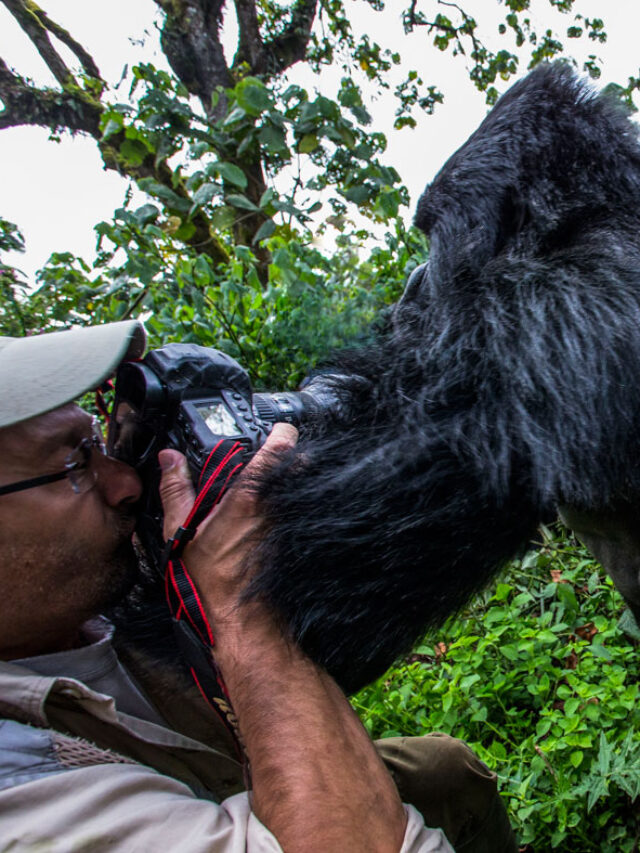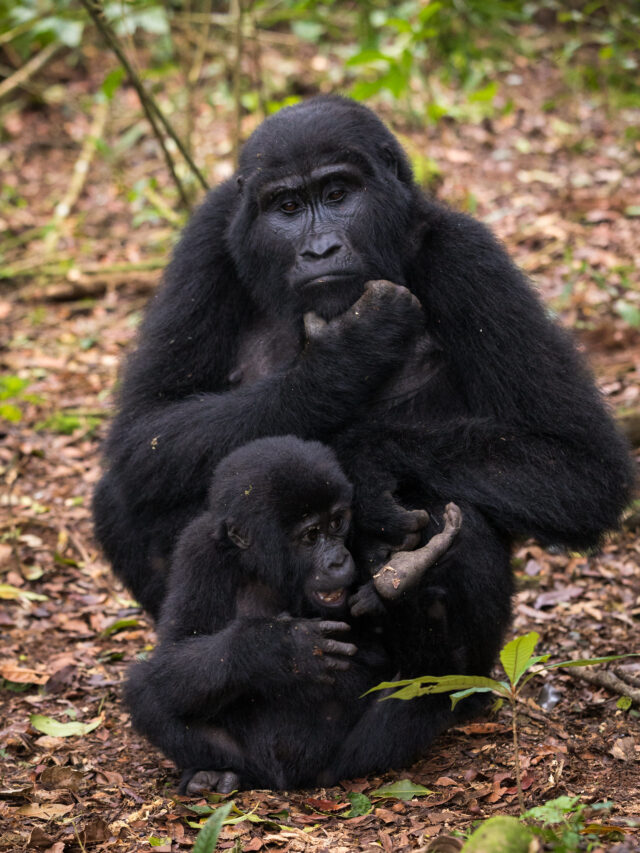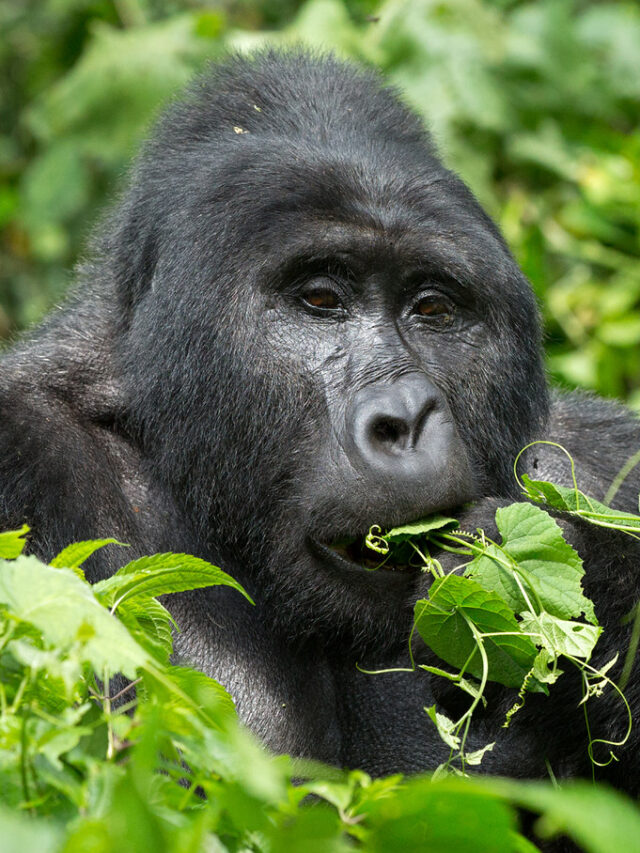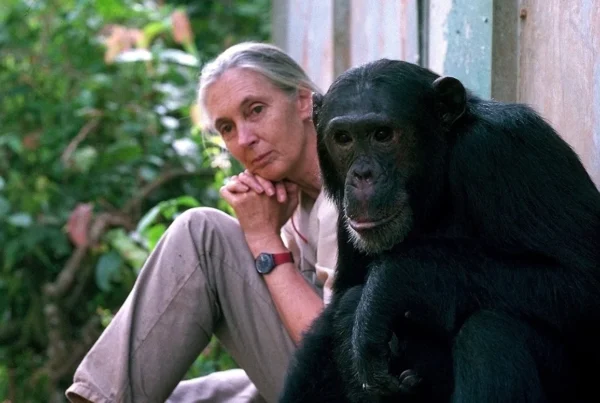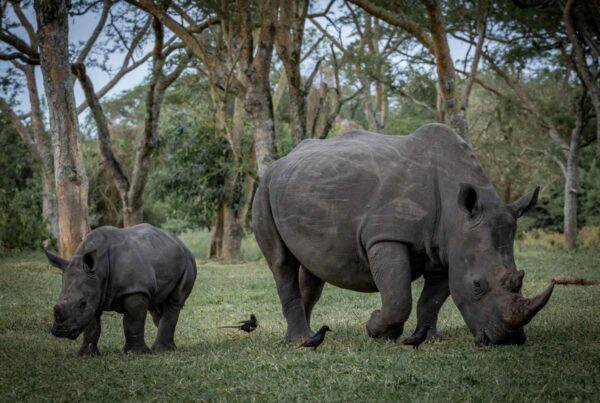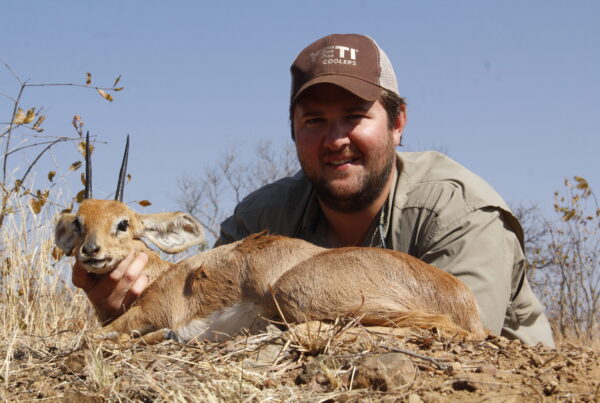African Wild Dogs in Uganda: The Return of a Lost Predator
A Vanished Icon Reclaims the Wild
African Wild Dogs in Uganda — For decades, the African wild dog—Lycaon pictus, also known as the painted wolf—was considered extinct in Uganda. Once a celebrated predator in the country’s open woodlands and savannahs, this uniquely social and nomadic hunter disappeared entirely by the early 1980s. Its absence marked more than just the loss of a species—it symbolized a gap in Uganda’s rich ecological identity. Today, however, the narrative is shifting. In a move that has stirred emotion, scientific curiosity, and national pride, the African wild dog is staging a small yet significant return to Uganda’s wild terrain. This is not merely an update in species distribution—it’s a story of revival, of ecological justice, and of hope.
Historical Presence and Silent Disappearance
African wild dogs once roamed Uganda’s wilderness in fair numbers, particularly across the northern savannahs and in protected areas like Kidepo Valley National Park and parts of the Murchison Falls region. But their fortunes declined rapidly. The 1960s and 70s saw increasing human encroachment, livestock expansion, habitat fragmentation, and the spread of diseases like rabies and canine distemper from domestic dogs. Farmers, fearing for their herds, often resorted to poison or lethal traps. With no formal protection or targeted conservation efforts in place, the wild dog quietly vanished. By the 1980s, no confirmed sightings were reported—and for over 40 years, the species was thought to be completely extirpated from Uganda.
The emotional vacuum their disappearance left was subtle but deep. Wildlife enthusiasts, conservationists, and park rangers alike spoke of the wild dog with the tone reserved for legends—beautiful, misunderstood, and lost to time.
Rediscovery in Kidepo – A Spark of Hope
In June 2023, hope was reignited in the most unexpected way. During a routine patrol near the Narus River Valley in Kidepo Valley National Park, rangers made a startling discovery—two wild African wild dogs seen trotting through the acacia bush. The sighting was verified with photographic evidence and sparked a flurry of excitement within Uganda Wildlife Authority and the global conservation community. These individuals, believed to have dispersed from South Sudan or neighboring territories, were the first confirmed sighting in over four decades.
It wasn’t just a biological event; it was emotional. For many conservationists in Uganda, this moment symbolized not just survival, but a second chance—an opportunity to rebuild an ecological relationship that had been lost to human progress and neglect.
A Bold Step Forward – Reintroduction Begins
Building on the momentum of that discovery, June 2025 marked a historic milestone. The CTC Conservation Centre, in collaboration with the Uganda Wildlife Authority (UWA) and the Ministry of Tourism, successfully reintroduced six African wild dogs into a controlled environment in Uganda. These individuals, sourced from reputable conservation programs in South Africa, were carefully selected for genetic diversity, behavioral health, and adaptability. They joined two previously relocated wild dogs to form a carefully monitored founder pack of eight.
This reintroduction wasn’t just a publicity stunt—it was a calculated, science-driven conservation act. The CTC Centre is focusing on captive breeding, behavioral acclimatization, and long-term ecological monitoring, with plans to release future offspring into protected wilderness zones such as Kidepo. The reintroduction process includes veterinary supervision, GPS collaring for movement studies, and community education programs aimed at reducing conflict and misinformation.
Biology of a Unique Predator – Why African Wild Dogs Matter
The African wild dog is not your average carnivore. Unlike lions or leopards that hunt alone or in loosely structured groups, wild dogs are highly social. They hunt as tight-knit packs using complex strategies that rely on communication, speed, and endurance. They can hit speeds of 60 km/h and maintain it over long distances—making them one of the most efficient hunters in Africa, with a success rate of up to 80%.
Each dog’s coat is a masterpiece of random colors—brown, white, gold, and black—no two dogs are ever alike, making them visually captivating for ecotourism. More importantly, they’re compassionate. They care for the sick, feed the old and weak, and raise pups communally. These behaviors speak to a depth of empathy and teamwork that is rare in the animal kingdom.
Their reintroduction is not just about restoring biodiversity, but also about rebalancing ecosystems. Wild dogs are apex predators. By controlling populations of antelope and other prey species, they help maintain a healthy ecological chain that benefits flora and fauna alike.
Threats Still Linger – A Fragile Comeback
Despite the joy of their return, the path ahead is steep. The global population of African wild dogs is estimated at fewer than 6,600 adults, and they are listed as Endangered by the IUCN. Uganda must address several urgent threats if the reintroduction is to succeed.
First, habitat loss continues to shrink the available wilderness suitable for wild dogs. Urban development, agriculture, and infrastructure expansion are slowly tightening the noose around national parks. Second, human-wildlife conflict remains a real risk. Painted wolves are seen by some farmers as a threat to livestock, despite evidence suggesting they prefer wild prey. Education and community benefit programs must be scaled up to replace fear with understanding.
Third, disease transmission from unvaccinated domestic dogs poses a serious biological hazard. Outbreaks of rabies or distemper could devastate a small, reintroduced population. Strategic vaccination drives and buffer zones will be essential for biosecurity.
Looking Ahead – Conservation That Includes Everyone
The success of this rewilding effort cannot rest on scientists alone. It will depend on a broad coalition—community leaders, local farmers, park rangers, ecotourism operators, and international conservationists. Uganda has a chance to show the world how modern wildlife recovery can work when it includes the people who live closest to nature.
Already, the return of the painted wolves is generating interest in eco-safaris focused beyond the usual “Big Five.” Visitors now ask about Kidepo not just for lions and giraffes, but to catch a glimpse of the newly returned wild dogs. With ethical tourism and global awareness, conservation could very well pay for itself.
CTC Conservation Centre plans to expand the breeding program, evaluate potential reintroduction sites such as Lake Mburo and Queen Elizabeth National Park, and launch youth education programs around predator coexistence. The journey is just beginning, but it is steeped in vision, resilience, and responsibility.

